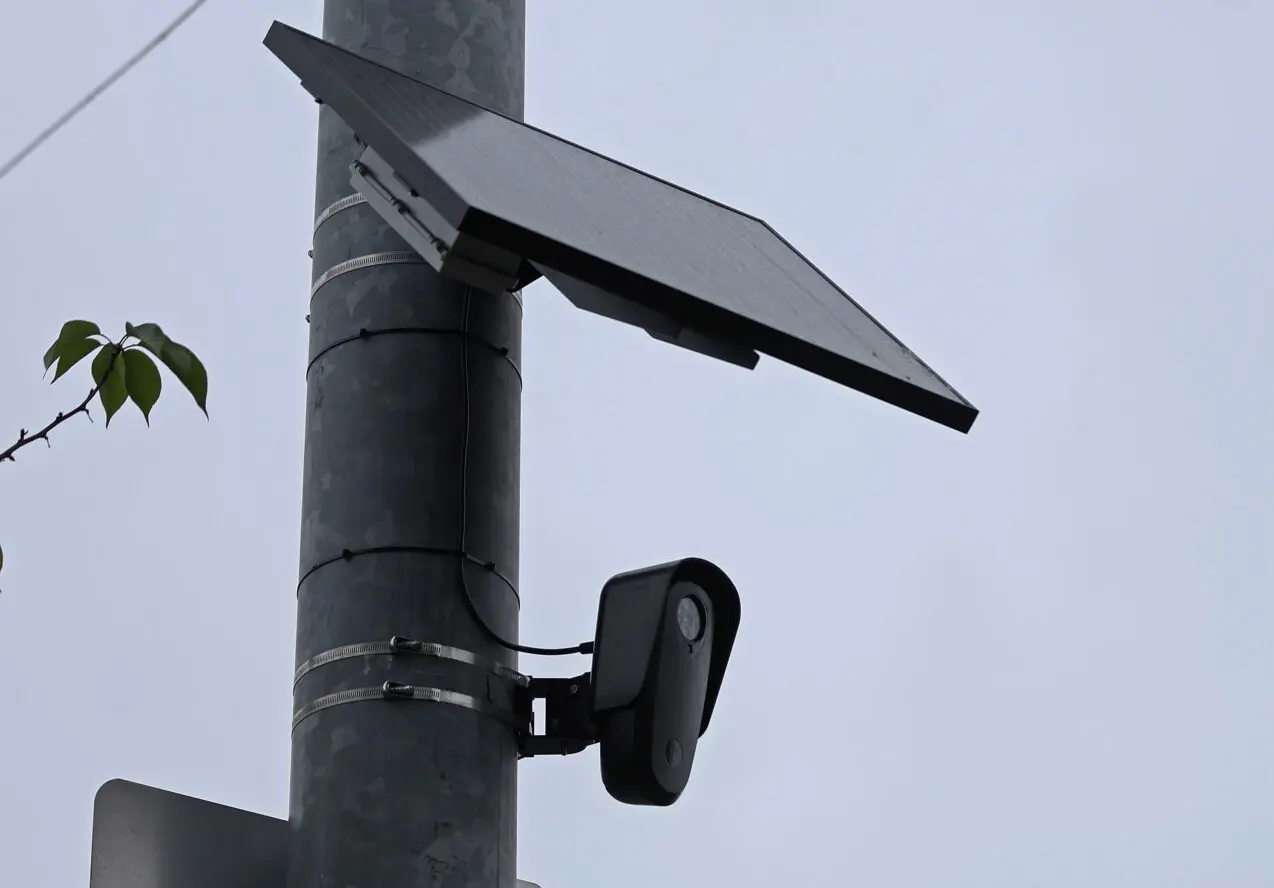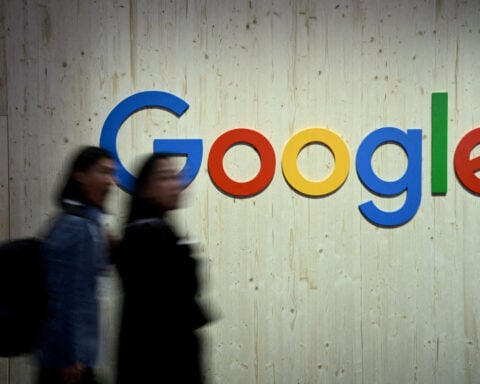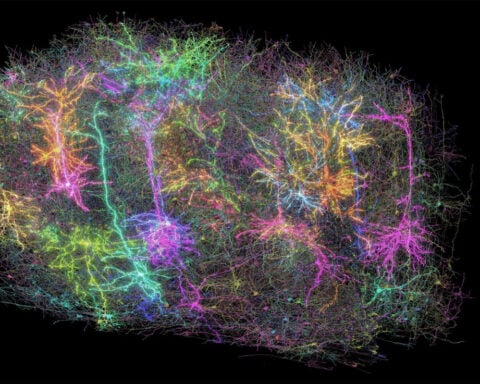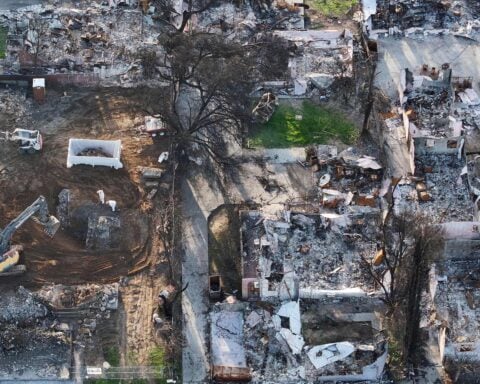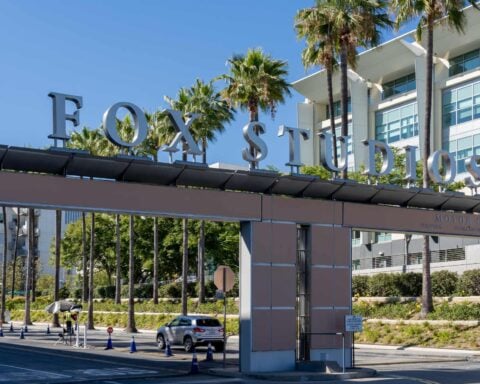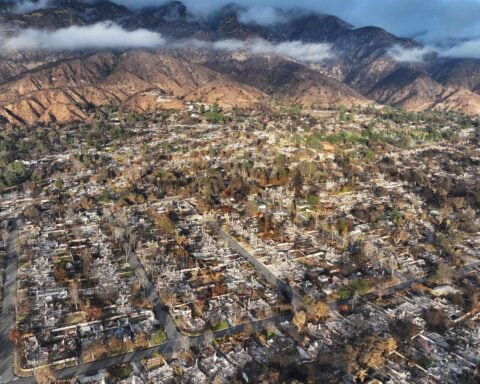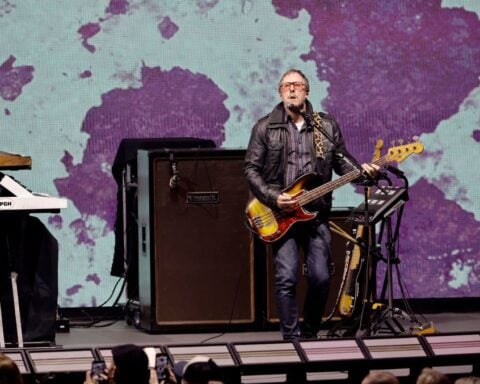LOS ANGELES — City officials announced that a network of 100 automated license plate readers will be installed across seven San Fernando Valley neighborhoods by year's end as part of a new crime prevention initiative.
According to Los Angeles City Councilman John Lee, who spearheaded the $500,000 project, the cameras will monitor intersections in Chatsworth, Northridge, Granada Hills, Sherwood Forest, Porter Ranch, West Hills, and North Hills.
Lee said in a statement that the communities "have been asking for change and pleading with their government representatives to address issues of crime" in their neighborhoods.
The L.A. Police Department's Devonshire Division reported burglaries rose 23% across its service area in 2023, with neighborhoods north of Rinaldi Street seeing a 103% increase.
License plate readers capture photos and videos of passing vehicles, recording plate numbers, vehicle descriptions, GPS locations, and timestamps. According to the International Association of Chiefs of Police, this data is then compared against law enforcement crime databases of vehicles of interest or "hotlists."
Installation began in September and has already led to two arrests, Lee's office reported. In one case, officers used the system to locate a stolen vehicle after suspects allegedly assaulted and attempted to rob a victim. In another incident, police tracked a suspect accused of forcibly stealing a Rolex watch from a victim's wrist to a motel room using the camera network.
While automated license plate readers are already utilized by LAPD patrol vehicles, according to Lee's office, this marks the first time the technology will be permanently installed in Los Angeles residential and business areas.
The Bureau of Justice Statistics reports widespread adoption of this technology among law enforcement agencies. A 2020 survey found that nearly 90% of large sheriff's offices use license plate readers, while all police departments serving populations of over one million employ these systems.
However, privacy advocates have raised concerns about data collection and retention practices. A 2020 California state audit revealed the LAPD stored 320 million images from automated readers, with 99.9% of vehicles photographed not connected to criminal investigations at the time of capture.
"When it comes to license plate readers and privacy, a consumer's best option to retain their privacy is to ride a bike. I say that because all vehicles that are required to have license plates are subject to the new surveillance system," said Gregory Nojeim, senior counsel for the Center for Democracy and Technology.
"This ... surveillance [will] occur 24 hours a day at 100 locations [in the Valley] once cameras are installed, and it doesn't matter whether you're going about your life, shopping for groceries or picking up your kids from the soccer game. What matters is whether you're near a camera and whether the camera can spot your license plate," Nojeim said.
Nojeim noted that law enforcement can access the collected data without obtaining a warrant or judicial approval. According to the Northern California Regional Intelligence Center, agencies retain license plate reader records for 60 days to five years unless the information becomes evidence in criminal or civil proceedings.
Lee introduced the motion to fund and purchase the cameras in January. The
LAPD, Bureau of Street Lighting, and Department of Transportation collaborated on selecting optimal camera locations to support law enforcement efforts.
"While I know there is always more we can do, it brings me immense hope to know that we've been able to deliver this project for the Northwest San Fernando Valley," Lee said.
The American Civil Liberties Union has criticized the implementation of this technology, arguing that insufficient restrictions exist to protect privacy rights. The state auditor's findings that LAPD and three other California law enforcement agencies failed to provide adequate privacy protections for the millions of images collected and shared between jurisdictions validated this concern.
The cameras can be mounted on poles, traffic lights, buildings, or bridges and collect vehicle type, color information, and license plate data. "It's like having your own Wayback Machine where you can look at where people were in the past," he said.

 Trump has begun another trade war. Here's a timeline of how we got here
Trump has begun another trade war. Here's a timeline of how we got here
 Canada's leader laments lost friendship with US in town that sheltered stranded Americans after 9/11
Canada's leader laments lost friendship with US in town that sheltered stranded Americans after 9/11
 Chinese EV giant BYD's fourth-quarter profit leaps 73%
Chinese EV giant BYD's fourth-quarter profit leaps 73%
 You're an American in another land? Prepare to talk about the why and how of Trump 2.0
You're an American in another land? Prepare to talk about the why and how of Trump 2.0
 Chalk talk: Star power, top teams and No. 5 seeds headline the women's March Madness Sweet 16
Chalk talk: Star power, top teams and No. 5 seeds headline the women's March Madness Sweet 16
 Purdue returns to Sweet 16 with 76-62 win over McNeese in March Madness
Purdue returns to Sweet 16 with 76-62 win over McNeese in March Madness
